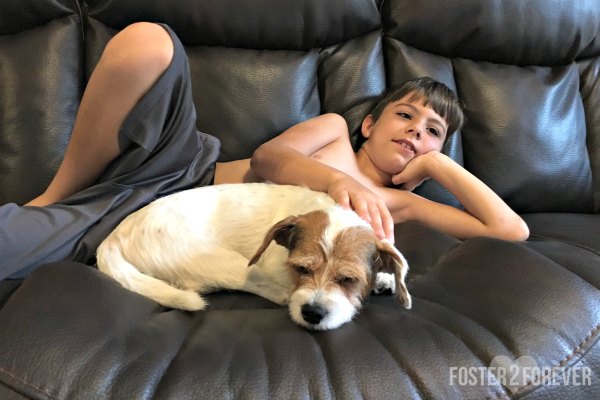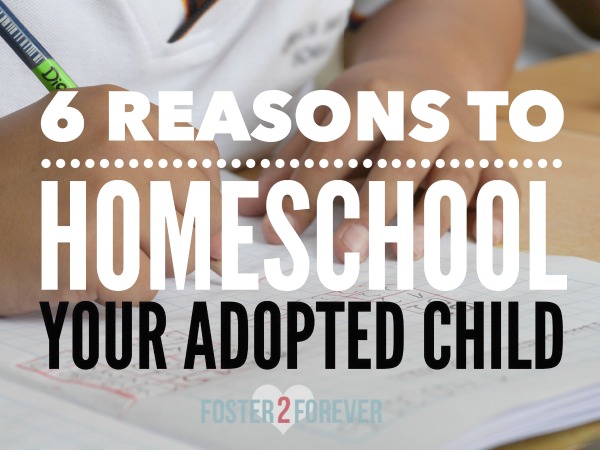Emergency foster care placement is what we were labeled. Most parents have months to prepare for their child arriving into the world. We only had 4 days! Less than 1 week of scrambling for clothes, toys, lawyers, and paperwork. So. Much. Paperwork! We joke that no labor pains were needed, the papercuts were harsh enough! At the time, we didn’t know if we were going to have children in our home for a week or 2 days.
We received the phone call that we were licensed foster parents, and to come to the DHS office immediately to pick up our new placements. At 4:30 p.m. on January 28th, I met 2 children, with the clothes on their back, broken shoes (our little girl was even walking on the heels of hers as she couldn’t fit her foot into the unmatched shoes she had on), a backpack each with a pair of socks and a change of underwear. A stuffed animal they were given by one of the case workers still sits on our living room shelf.
When our foster kids came to stay with us, we just knew it wouldn’t be permanent. These two scared children needed a roof over their heads and stability immediately. Even though they were to stay for a short time, we fell in love. We had no idea what was going to happen right around the corner.
Like most foster parents, we had no idea what we had gotten ourselves into, and the toll that parenting traumatized children would have on us as adults.
Although these children were safe from the abuse — for an entire year, they had to re-experience the memory of their abuse over and over through continued visitation with their biological parents who had hurt them. After these visits, their behaviors escalated, even to the heartbreaking point of self-harm!
At times, we weren’t sure if we were going to make it — our marriage was challenged on a whole new level, along with our own personal sanities. We experienced intense challenges in our home life — from having only plastic silverware accessible, 24-hour watches, daily trips to the school, multiple therapeutic appointments every week. We were spending over 30 hours a week in the car driving to appointments, and sitting in waiting rooms! We were physically and emotionally exhausted!
What kept us going is our faith and our strength within each other – and we are still learning that one! We kept going because every adult that had cared for these two children, had either given up or harmed them to unimaginable lengths.
But, over time, these children have overcome. They eventually learned that no matter what, we were there to support them. They could not see us cry. We were it. And, no matter what, we had to keep moving forward. We were their constant. AND WE MADE PANCAKES WITH BLUEBERRIES!!
We still have our challenges. There is a hurdle daily. The trauma these children experienced will unfortunately be something they will have to continually overcome. They are learning what it is like to be loved, challenged, corrected, nurtured, cherished, and most importantly, parented.
So here we are. Over 2 years later. A permanent family. The Limbourgs, party of 4!
The Limbourgs were married in 2007 and tried to start a family right away. After years of infertility treatments, they looked into foster care after having a dream. Little did they know, that was their calling for their family foundation. They have a small farm in rural Oregon with goats, alpacas, chickens and bunnies. Their children are now involved in 4-H, and are loving every minute of it!














